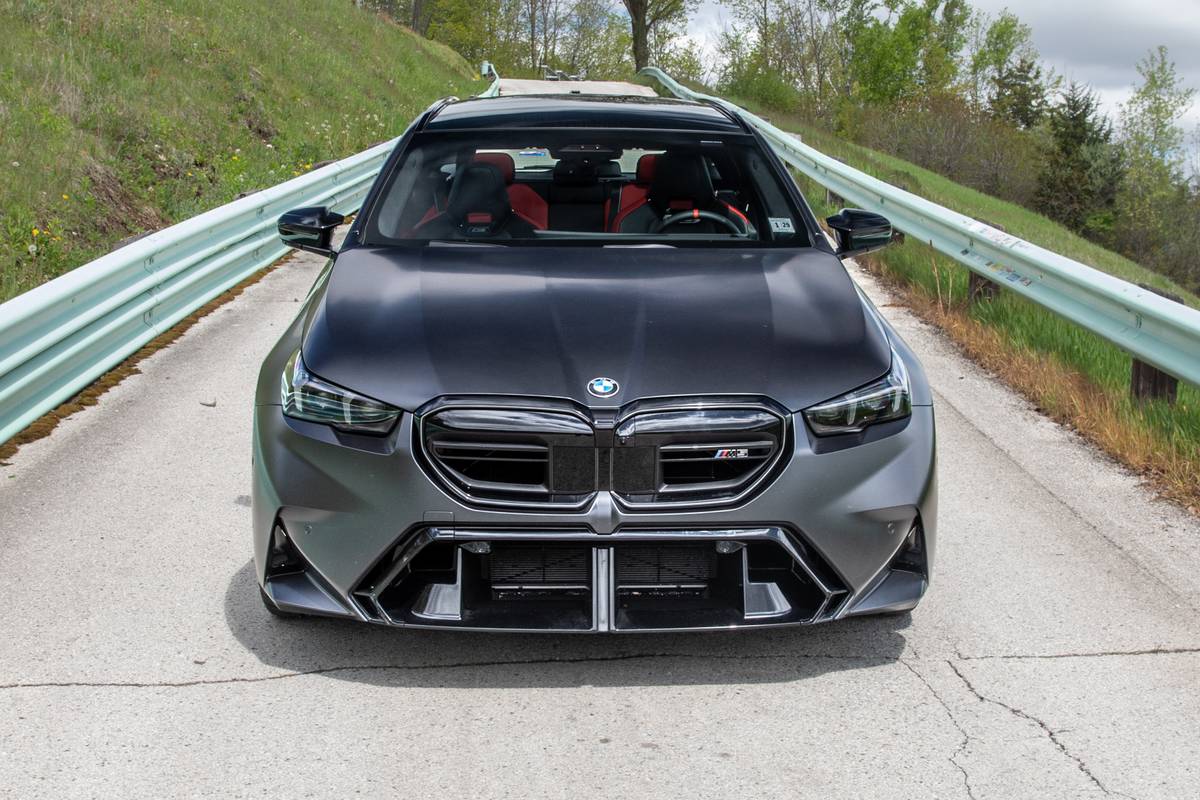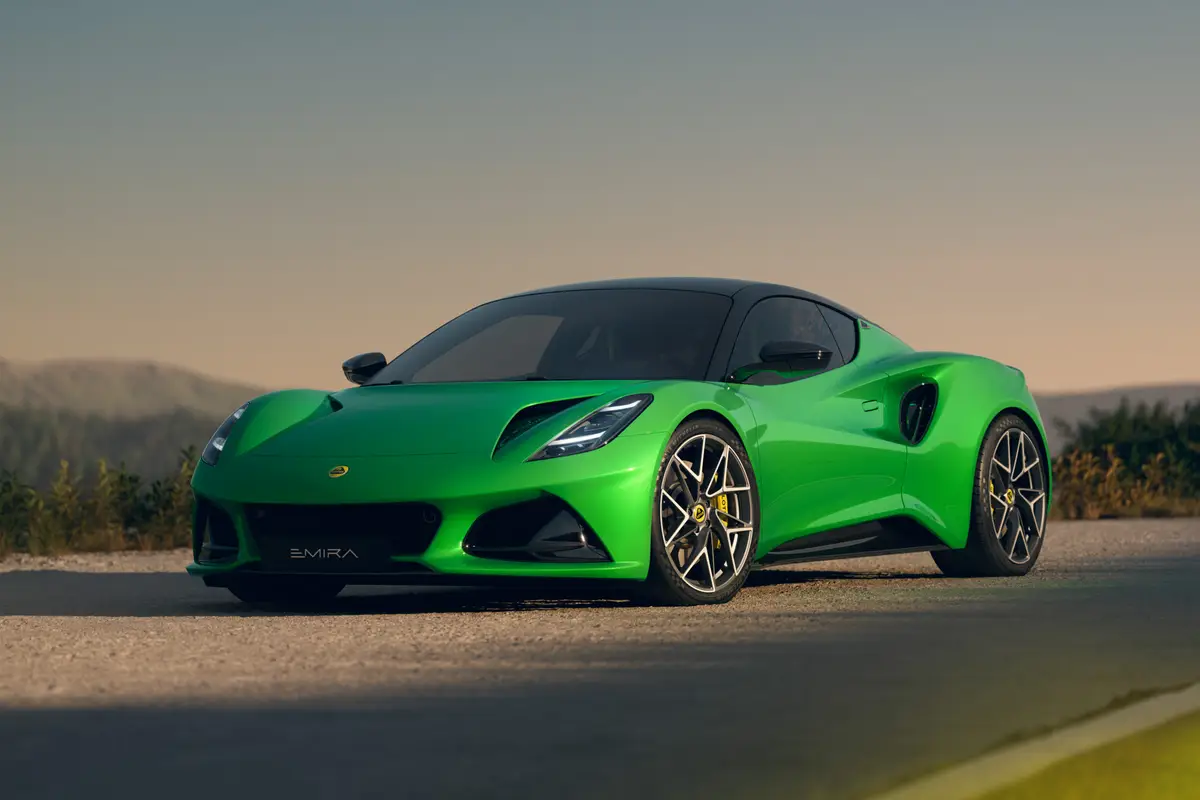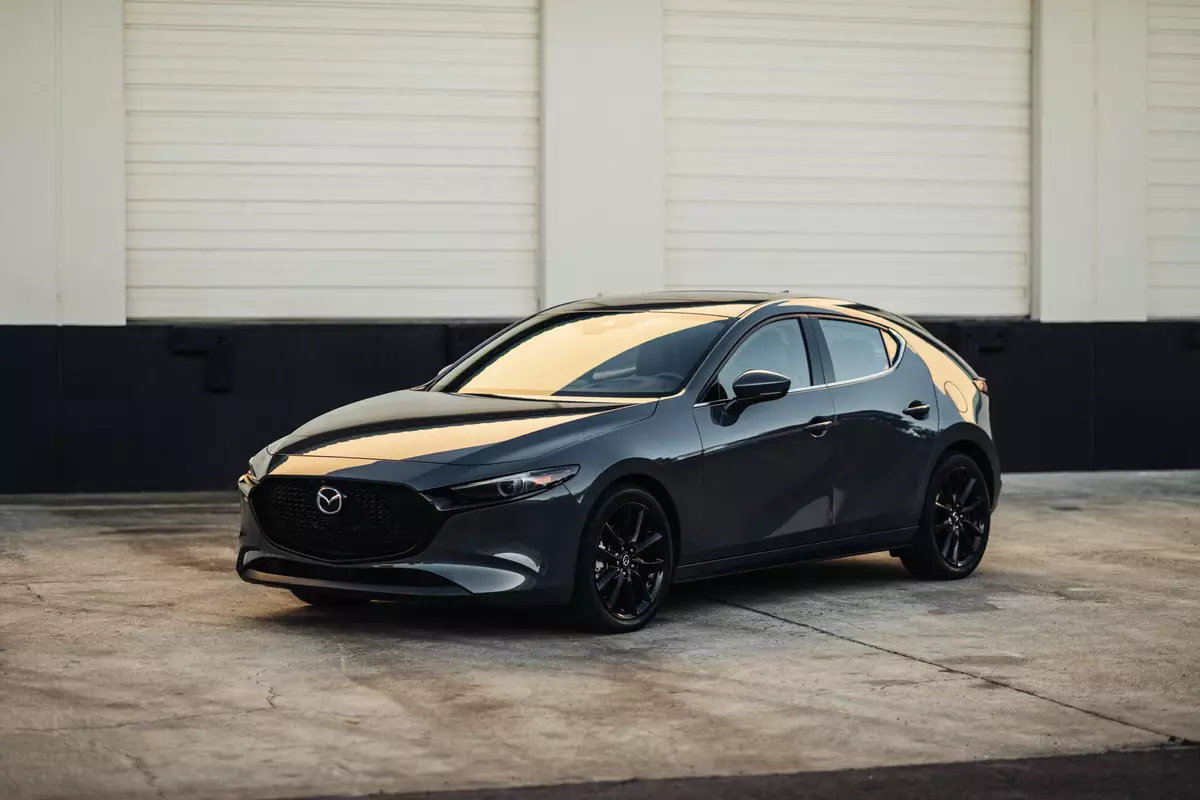washingtonpost.com's view
NEW YORK Assumptions can turn you into a donkey on the highway. Consider the 2008 Honda Accord EX-L sedan.
It looks and feels like a more expensive automobile. Styling is excellent. Fit and finish are impeccable. The front-wheel-drive car is loaded with amenities, including one of the most useful onboard navigation systems in the business.
The Honda Accord is safe. With its Advanced Compatibility Engineering body structure, brilliantly designed to limit crash energy transmitted to the passenger cabin, it arguably is safer than comparable Volvo automobiles.
A caveat: “Comparable” here is used advisedly. Since its U.S. market introduction in 1976, the Accord has grown from a subcompact three-door hatchback to what the Environmental Protection Agency now calls the “lower end” of the full-size car category. That means, for example, it fits between the Volvo S60 and the undeniably big Volvo S80 sedan — which, when you think about it, is appropriate. The new Accord in many ways is in a class of its own.
I am tempted to use that as an excuse for my driving stupidity on Interstate 95 and the New Jersey Turnpike in coming to this city.
But the fault was my own. I failed to do basic things before a long highway run. I did not study the car. I did not drive it in a less challenging environment before taking it into high-speed battle. As a result, I entered expressway ramps with a poor assessment of horsepower available to keep aggressive drivers at bay, making it difficult for me to make a safe and honorable exit.
I was turned into a donkey by lazy acceptance of appearances. The tested Accord was so well appointed I assumed it was a V-6 model. I was wrong. Had I popped the hood or read the car’s accompanying specification sheet I would’ve known it was equipped with Honda’s very efficient but not terribly powerful (considering the tested Accord’s factory weight of 3,446 pounds) 2.4-liter, iVTEC, 190-hp, four-cylinder engine.
In highway horsepower wars, fuel efficiency takes the rearmost seat. Muscle counts in a high-speed world where 200-horsepower engines are common fare and where brute force determines road share.
I learned that the hard way with the likes of a 2007 Chevrolet Malibu LTZ sedan (3.5-liter, 217-horsepower V-6) cutting in front of me and leaving me in its exhaust stream. I thought I was carrying too much weight in the Accord. I thought its get-up-and-go had gotten up and gone.
Then it hit me: Idiot! You loaded the car with people and stuff, jumped into it and drove off without checking any of its specifications! I thought I was driving a V-6. But after pulling into a turnpike rest stop checking under the hood, I found irrevocable proof that I had the four-cylinder model. Worse, I had done nothing in terms of vehicle load and driving style to better accommodate the performance limits of the smaller engine.
In response to my predicament, I tried to use the surge strategy — stomping the accelerator, getting something of a boost and appearing to make progress. But it was always too little too late. Cars and trucks with more horsepower soon crowded my tail and forced me into another lane.
Realizing that there was no way of winning the fight with motorized might, I turned to diplomacy — entering left lanes only when they were clear of traffic and getting out when faster traffic approached.
I became the nice driver on roads filled with aggressive motorists. Some drivers viewed my diplomatic turnabout as weakness. They pointedly gunned their engines when I politely allowed them to pass. But other motorists responded in a friendly manner, waving in thanks for my doing what I had no other choice but to do.
I would like to tell you that the experience changed me, made me a kinder, more loving and understanding driver. But that would be a lie. The next Accord I take into battle on Interstate 95 and the New Jersey Turnpike will be equipped with Honda’s available 3.5-liter, 268-horsepower V-6. In defense of my personal driving interests and security, I will kick some tailpipe.
Latest news



